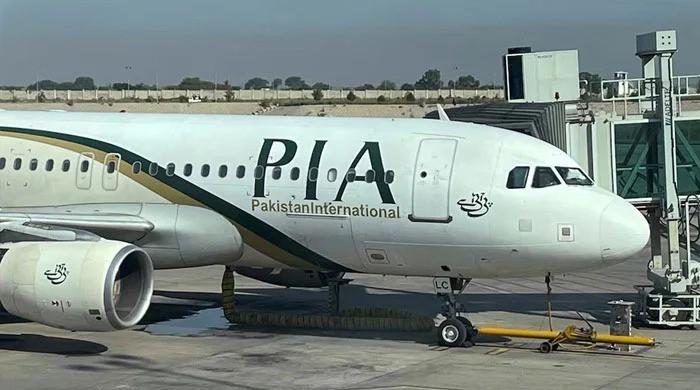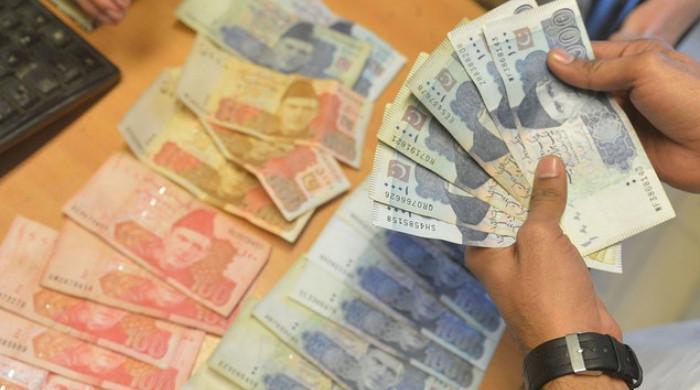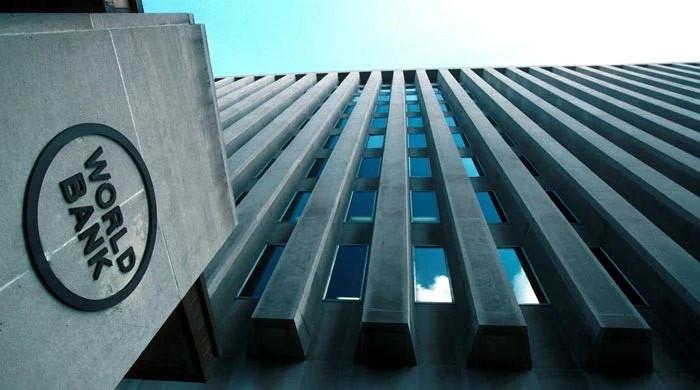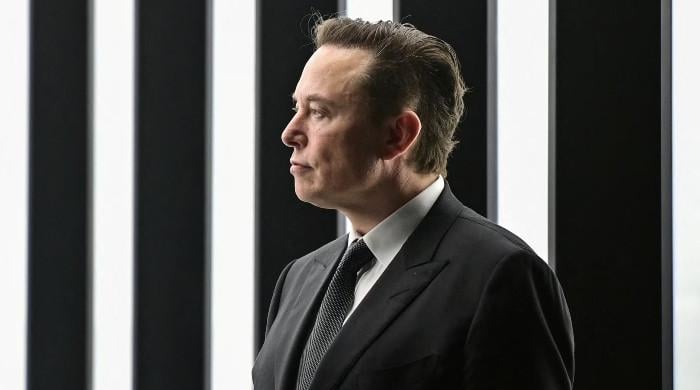Pakistan-IMF talks may be extended as confirmation from friendly countries awaited
IMF is yet to share the draft of Memorandum of Financial and Economic Policies with Pakistan
February 08, 2023
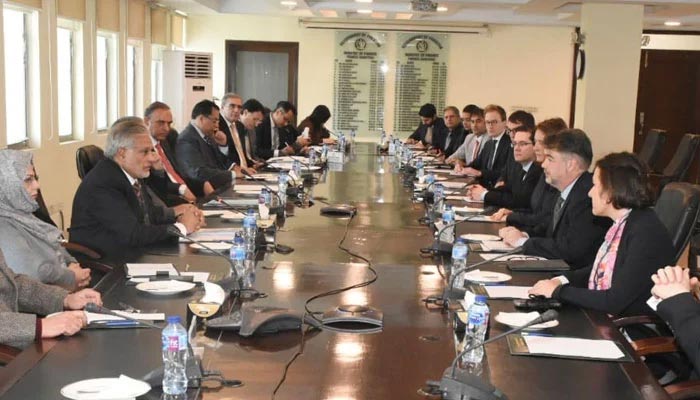
- Talks with IMF scheduled to conclude on Feb 9.
- Pakistan awaits fiscal, economic policies draft from IMF.
- Officials hopeful of finalising deal with lender.
ISLAMABAD: Concerned about external front inflows, the International Monetary Fund (IMF) is currently seeking confirmation from friendly countries, including Saudi Arabia, China, the UAE, and other avenues to secure dollar inflows for Pakistan in order to keep gross foreign exchange reserves at a comfortable level.
The ongoing talks for the ninth review to secure the tranche of $1.1 billion are underway in Islamabad amid fast-depleting forex reserves and fears of a default.
The IMF has so far not shared the draft of the Memorandum of Financial and Economic Policies (MEFP) with the Pakistani authorities, a document on the basis of which a staff-level agreement would be struck.
Till Tuesday night, the IMF had not shared the draft MEFP with the Pakistani negotiators; however, the Finance Ministry officials are still confident that the staff-level agreement with the mission might be finalised by February 9.
If this does not happen, then the possibility of extending the review talks could not be ruled out.
The foreign exchange reserves held by the State Bank of Pakistan (SBP) stood at slightly over $3 billion and are going to deplete on a weekly and monthly basis. The gross foreign exchange reserves might not exceed $6 billion or the maximum it can touch $8 billion, said sources.
It is yet to be seen how much figure the IMF incorporates into the draft MEFP document, which would pose serious repercussions for generating the desired and much-needed dollar inflows at a time when we have close to around $3bn.
“The fingers are still crossed as the ongoing parleys may be extended if both sides are unable to resolve the lingering differences on overall fiscal framework and power sector subsidies,” sources aware of the development said and hoped that the IMF mission would share the draft MEFP, along with nine tables, on Wednesday (today) and they would be able to conclude the pending ninth review by Thursday (February 9, 2023).
The Pakistani authorities are not expecting any more meetings with the IMF before the exchange of the MEFP document. Once the MEFP document is shared, then the time frame for taking corrective actions would be finalised.
When asked, a senior official disclosed that the provincial fiscal framework and their expenditures were still one of the major bones of contention as the IMF assessed that the provincial revenue surplus of Rs750 billion might not be achievable. So the revised estimates were required to be placed into the overall fiscal framework of the country.
Budget deficit
In a related development, the Ministry of Finance has revised upward its projection for the budget deficit target from 4.9% of Gross Domestic Product (GDP) to 6.5% of GDP for the current fiscal year mainly because of overrun in expenditures on account of debt servicing, subsidies and less than projected tax and non-tax revenue targets of the current fiscal year.
The total debt servicing is projected to go up from Rs3.9 trillion to Rs5.2 trillion. Out of the total surge in fiscal deficit by 1.6% of GDP, as it escalated from 4.9% of GDP to 6.5% of GDP, the major jump in the budget deficit was caused by an increase in debt servicing requirements in the wake of an increase in the policy rate.
In the wake of increased debt servicing requirements, it hiked the budget deficit by at least 1.2% of GDP, so there was still a remaining gap of 0.4 to 0.5% of GDP for hiking the primary deficit.
Under the IMF programme, the government wanted to bring the primary deficit to zero, so it will have to slash the expenditures and undertake additional revenue measures to bridge this fiscal gap of Rs400 to Rs450 billion.
However, the IMF does not agree with this figure at all and they are asking the government to fill the gap of Rs500 to Rs600 billion through a combination of expenditure cuts and taking additional tax and non-tax revenues.
The Public Sector Development Programme (PSDP) might be reduced from Rs727 billion to Rs352 to Rs400 billion for the current fiscal year.
Earlier, it was envisaged to slash it down to Rs452 billion but now another Rs100 billion cut was on cards in an effort to bring the primary deficit to desired levels.




